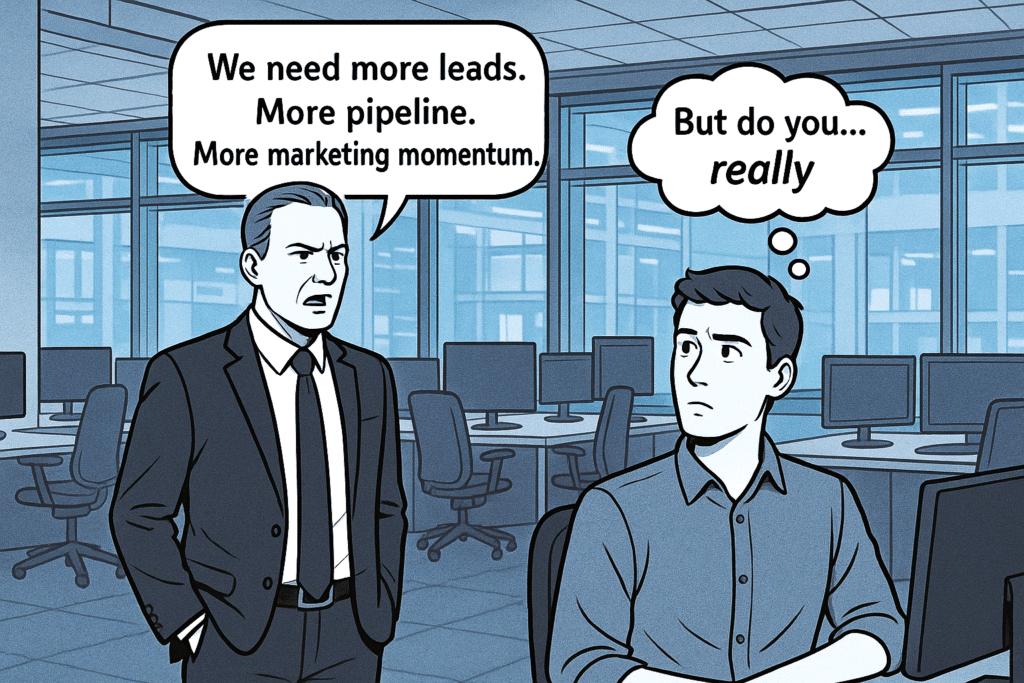This is a 3 min read and may help you look at things differently. On October 16, 2001, Jim Collins wrote a game-changing book. That book was Good to Great. [Why Some Companies Make the Leap…and Others Don\’t]
Collins researched 1,435 good companies and looked at their performance over 40 years.
Of those companies, he looked at 11 organisations that became great. In doing so, the book gave ideas and lessons, citing methodologies and examples on a variety of everyday things and objects including – eggs, flywheels, hedgehogs & buses.
Though there are many strategic approaches and methodologies, I wanted to share some thoughts on the Flywheel Methodology. I hope it helps you.
————————————
When I meet CEOs, one of the biggest challenges, is to encourage them to think differently and focus on areas that they can change that will help them and their business grow.
A lot of people ask what the Flywheel methodology is and how it\’s used in business.
So let\’s go back to basics and look at the Flywheel methodology.
The Flywheel methodology is a term used to describe a business strategy that is focused on creating a self-reinforcing system of growth. The concept was first introduced by Jim Collins in his book, \”Good to Great,\” and has since been adopted by many companies as a way to drive sustained growth.
The flywheel metaphor is derived from the mechanical device that stores rotational energy and is commonly used to power heavy machinery. In the context of business, the flywheel represents the momentum generated by a company\’s actions, which can drive growth and create a competitive advantage.
This post will explore the concept of flywheel methodology, its components, and how it can be applied to businesses to create sustained growth.
Components of Flywheel Methodology
Customer Acquisition: The first component of flywheel methodology is customer acquisition. This involves identifying and attracting new customers to the business. This can be achieved through a variety of methods, including advertising, social media, and content marketing.
Customer Satisfaction: Once customers are acquired, the focus shifts to keeping them satisfied. This involves providing excellent customer service, delivering high-quality products or services, and addressing any issues or concerns that arise promptly.
Customer Retention: The third component of flywheel methodology is customer retention. This involves keeping existing customers engaged with the business, encouraging repeat purchases, and creating loyal customers. This can be achieved through personalized marketing, loyalty programs, and other retention strategies.
Referral Generation: The final component of flywheel methodology is referral generation. This involves leveraging satisfied customers to attract new customers through word-of-mouth marketing. This can be achieved through referral programs, customer reviews, and social proof.
Application of Flywheel Methodology
To apply flywheel methodology to a business, the following steps can be taken:
Identify the target customer: The first step is to identify the target customer and their needs. This can be achieved through market research, customer surveys, and analyzing customer data.
Focus on customer acquisition: The next step is to focus on acquiring new customers through various marketing channels. This can be achieved through targeted advertising, social media, and content marketing.
Ensure customer satisfaction: Once customers are acquired, it is important to keep them satisfied by providing high-quality products or services and excellent customer service.
Focus on customer retention: The next step is to focus on customer retention by providing personalized marketing, loyalty programs, and other retention strategies.
Generate referrals: Finally, the focus should be on generating referrals through word-of-mouth marketing, customer reviews, and social proof.
Benefits of Flywheel Methodology
Sustainable growth: Flywheel methodology can help create sustainable growth by creating a self-reinforcing system of growth.
Customer satisfaction: By focusing on customer satisfaction, businesses can create loyal customers who will continue to do business with them.
Cost-effective: Flywheel methodology can be a cost-effective way to grow a business, as it relies on satisfied customers to generate referrals.
Competitive advantage: By creating a self-reinforcing system of growth, businesses can create a competitive advantage that is difficult for competitors to replicate.
Conclusion
Flywheel methodology is a powerful business strategy that can help create sustained growth and a competitive advantage. By focusing on customer acquisition, satisfaction, retention, and referral generation, businesses can create a self-reinforcing system of growth that can drive sustained success. As such, it is a strategy that should be considered by any business looking to grow and thrive in today\’s competitive marketplace.


